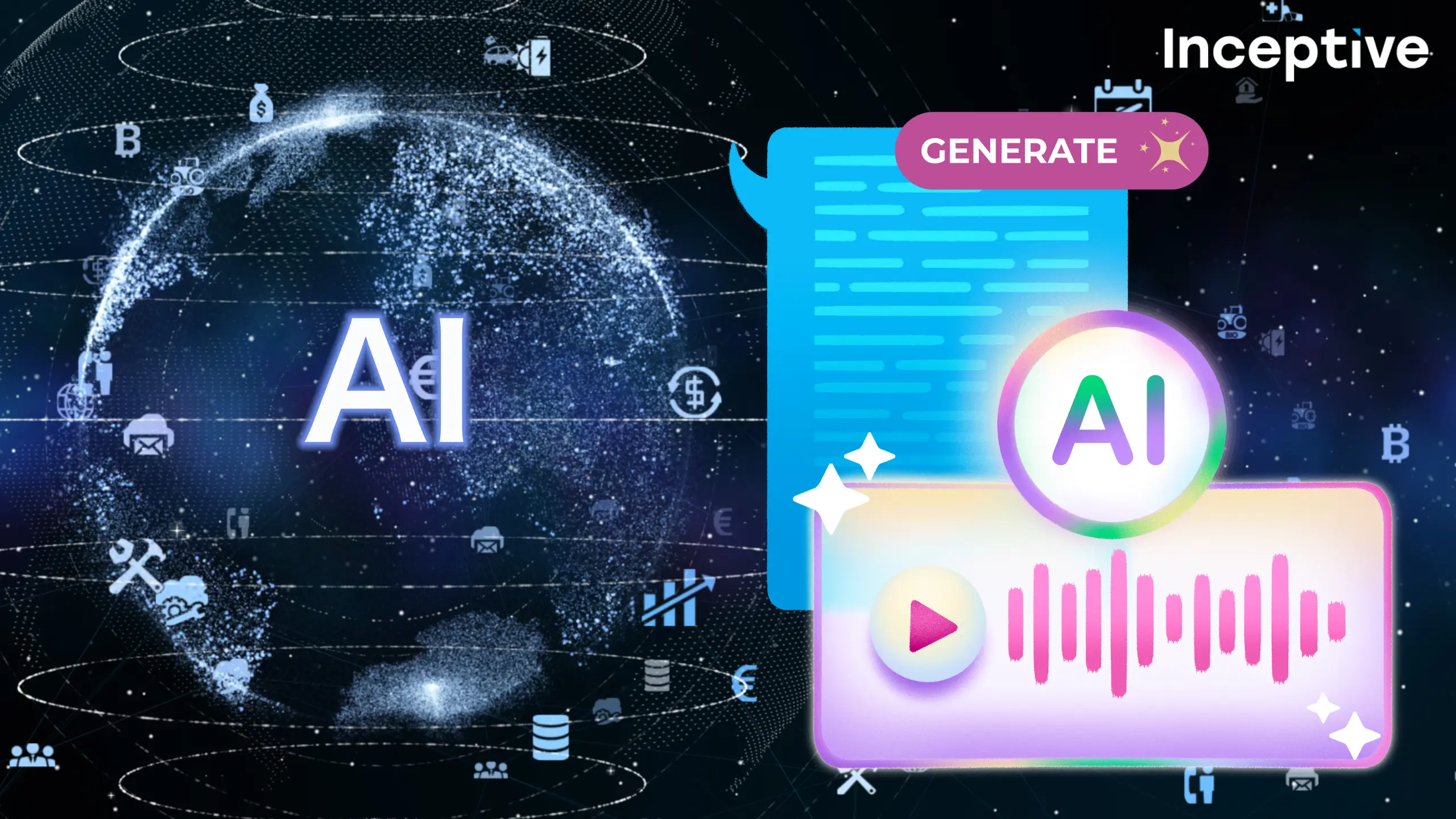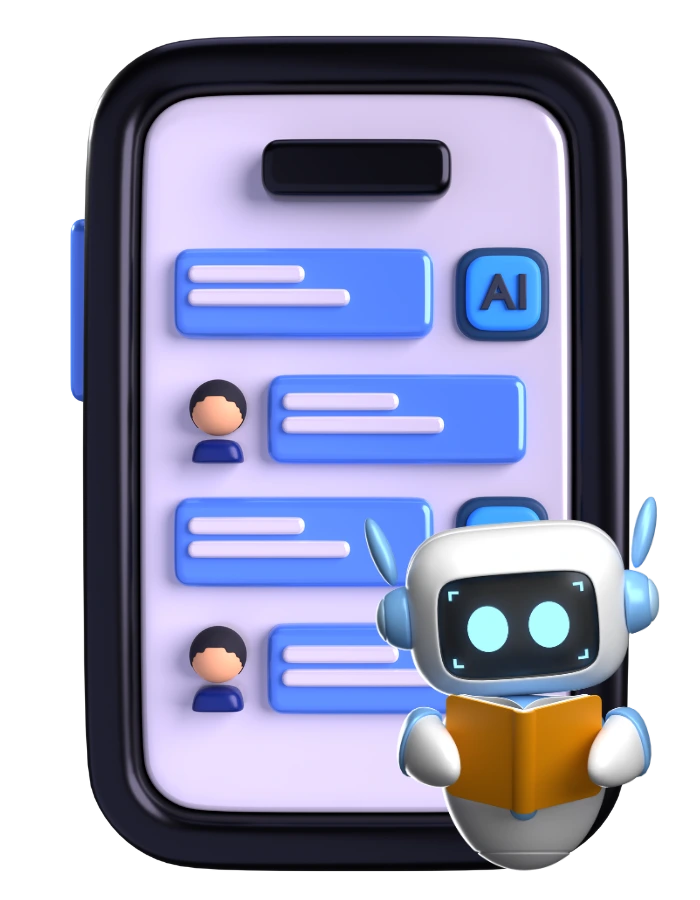In our work guiding organisations through digital-transformation journeys, we’ve witnessed a profound acceleration of generative artificial intelligence (GenAI) capabilities. As seasoned practitioners, we believe that 2025-26 marks a pivotal phase: from experimentation to operationalisation, from novelty to enterprise-grade deployment. Below is a structured, descriptive overview of the major trends we’re seeing in generative AI platforms, together with some data points, technical and practical perspectives, and recommendations for implementation.

1. Multimodal Generative Platforms Become the Norm
One of the clearest shifts is that generative AI platforms are no longer just generating text or simple images—they are becoming truly multimodal, able to process and generate across text, image, video, audio, code, and even structured data.
-
According to recent research, the GenAI landscape is being driven by “multimodal AI, advancements in ethical AI and conversational AI”.
-
For example, platforms are increasingly supporting video generation (see next section) and image/audio/text combinations.
-
In practice, as an energy-industry strategist, we see value in using these multimodal systems for scenario modelling: e.g., transforming operational logs (text), equipment images (photo), schematics (diagram) into predictive analytics and simulation results.
Technical perspective: Under the hood, this trend implies foundation models (large language models, vision-language models) with large context windows, cross-attention mechanisms for different modalities, and training on massive and diverse token sets. Emerging research forecasts an increasing number of frontier models by 2028.
Practical recommendation: Evaluate vendor platforms on their true multimodal capability (not just text). For your organisation, pilot a case where an equipment maintenance log (text) + image of the unit (photo) + sensor time-series (structured) together feed a GenAI system to produce maintenance recommendations.
2. Agentic and Autonomous AI Assistants
Beyond simply generating content, generative AI platforms are evolving into agents—capable of taking multi-step actions, integrating with external systems, and making decisions or recommendations.
-
An article identifies “agentic qualities” as one of the most significant trends for 2026: chatbots become assistants that act autonomously in workflows.
-
For example, generative AI in a SaaS product may integrate with backend APIs, trigger workflows, or proactively suggest actions rather than merely respond to a prompt.
Technical perspective: This demands orchestration frameworks, state-tracking across prompts, connection to APIs/services, and possibly reinforcement-learning or planning modules on top of foundation models.
Practical recommendation: When selecting a platform, assess whether it supports “function calling” or “action invocation” (e.g., execute a workflow). Build a minimal internal proof-of-concept where an AI agent initiates a routine maintenance workflow when sensor data crosses a threshold, generating the necessary documentation and scheduling tasks.

3. On-Premises, Edge and Privacy-Centric Deployment
As enterprises mature in their use of GenAI, concerns around data governance, privacy, compute cost and latency are driving a shift toward on-premises and edge-capable generative AI platforms.
-
One trend commentary points to “privacy-centric AI models where data processing takes place on-device or on-premises”.
-
Also, market projections suggest that by 2026, over 80% of enterprises will have deployed GenAI-enabled applications in production.
Technical perspective: Deploying GenAI in-house implies smaller (but still capable) models, quantised or compressed architectures, ability to fine-tune on private data, and integration with local infrastructure.
Practical recommendation: For regulated domains (such as oil & gas operations or critical infrastructure) we recommend mapping your data flows: identify what cannot leave your control. Then pilot a “private GenAI” model: take a foundation or open-source model, fine-tune on your proprietary data (e.g., drilling logs, HSE reports), and deploy on your infrastructure with the same API semantics as cloud offerings.
4. Vertical-Specific and Domain-Fine-Tuned Models
Rather than generic models, the next wave of generative AI platforms will focus on specific verticals (e.g., healthcare, energy, manufacturing) and domain fine-tuning.
-
A report emphasises that GenAI is influencing global industries—from finance to healthcare—with domain-tailored development.
-
In our experience, domain specificity improves outcomes significantly, because the model better understands the nuance, vocabulary and constraints of the domain.
Technical perspective: Domain adaptation means fine-tuning or prompt-engineering with domain-specific corpora, often with additional constraints (regulatory, safety) or structured knowledge-bases.
Practical recommendation: If you operate in a niche (e.g., drilling operations, offshore logistics), reserve budget for fine-tuning or customising your GenAI platform. Measure key metrics: time saved, accuracy of recommendations, user adoption. Demonstrate ROI before scaling.
5. Responsible, Transparent Generative AI and Regulation Focus
As generative AI becomes pervasive, concerns around bias, authenticity, copyright and safety are intensifying. Platforms are responding with governance, transparency and responsible-AI features.
-
For instance, the “Copyright Conundrum” is cited as one of the top issues; authenticity of content is becoming critical.
-
Investment in GenAI in 2024 reached US$33.9 billion, up 18.7% from 2023.
Technical perspective: Key capabilities include watermarking AI-generated content, audit logs of model decisions, bias testing frameworks, explainability modules, and secure model-use policies.
Practical recommendation: Hand in hand with deploying GenAI, establish internal governance: define what types of prompts are allowed, how audits will be performed, how input training data is documented. Choose platforms that provide transparency (e.g., model provenance, ability to inspect chains of reasoning).
6. Productivity Leap and Co-Pilot Adoption
Generative AI platforms are increasingly embedded into productivity workflows—as co-pilots, assistants and integrated tools across business applications.
-
Data shows that AI business-usage is accelerating: 78% of organisations reported using AI in 2024 (up from 55% the year earlier).
-
Furthermore, projections suggest that by 2026, AI co-pilots will be embedded in 80% of workplace applications.
Technical perspective: This trend implies seamless integrations: GenAI APIs integrated into business apps (CRM, ERP, CMMS), UI/UX design for human-AI teaming, context-switching between manual and AI-driven modes.
Practical recommendation: Audit your current workflows and identify “low hanging fruit” for GenAI augmentation—e.g., document summarisation, incident-report drafting, routine operational analyses. Build a small team to deliver a “GenAI co-pilot” for one business unit, track productivity uplift and run change-management with users.

7. Data-Synthetic Generation and Augmentation
Another emerging trend is the use of generative AI not just for content creation but for data-generation: synthetic training data, scenario simulation, virtual twins.
-
For example, synthetic data is being adopted to address data scarcity in model training.
-
Research shows increased demand for higher-order skills once generative AI is adopted: roles require 36.7 % more cognitive skills in GenAI-enabled contexts.
Technical perspective: Synthetic data generation uses generative models to produce simulated inputs (e.g., sensor readings, failure logs, image anomalies) enabling better training of predictive models or stress-testing of systems.
Practical recommendation: In domains where historical data is scarce or expensive (e.g., rare failure events in drilling or processing), consider using a GenAI platform to generate synthetic data for training analytic models or scenario-planning. Validate carefully—synthetic data must reflect real-world distributions to avoid bias.
8. Market Growth, ROI Pressure and the “Reality Check”
While the promise of GenAI is vast, the market context is shifting: organisations now expect measurable results and real-world deployments beyond pilot projects.
-
The global AI market is valued at about USD 391 billion in 2025 with a CAGR of ~31.5%.
-
Yet, a recent study shows that up to 95 % of generative AI projects fail to deliver meaningful transformation.
Technical perspective: The robustness of a GenAI deployment depends not just on the model but on data quality, integration architecture, change-management and measurement frameworks.
Practical recommendation: Approach GenAI deployments with realistic milestones: pilot → measure → scale. Define KPIs (e.g., time saved, cost reduction, error rate reduction). Ensure your infrastructure, governance, and tooling are mature before full-scale rollout.
9. Ecosystem and Platform Convergence
Generative AI platforms are increasingly converging with platforms for analytics, data-management, workflow tools and cloud infrastructure. This ecosystem perspective means that choosing a GenAI platform is not only about the model but about the entire stack and integration possibilities.
-
The “tech trends outlook 2025” emphasises that autonomous systems, human-machine collaboration and adaptivity are cross-cutting themes.
Technical perspective: Expect features like built-in fine-tuning, model-ops tooling (MLOps), model governance dashboards, API gateways, enterprise-grade security, and plug-and-play connectors to business apps.
Practical recommendation: When selecting or building a GenAI platform, evaluate the ecosystem: Does it integrate with your cloud/data-lake? Does it provide connectors to your operational systems? What are the latency, security and cost implications? Ensure the platform fits into your enterprise architecture rather than creating silos.
10. Content Generation, Authenticity and the Human Edge
As generative AI becomes dominant in content generation (text, visuals, sound), the tension between scale and authenticity is growing. Differentiation will come from human-led creativity, domain insight and genuine value rather than generic AI output.
-
One analysis states: “authenticity is king” in the generative AI era.
-
Also, by 2026, it is estimated that up to 90% of online content may be AI-generated.
Technical perspective: Content-quality becomes both a creative and technical problem: fine-control of prompt-engineering, editorial oversight, metadata tagging of AI output, human-in-the-loop systems.
Practical recommendation: In your organisation, when using GenAI for content (e.g., training material, reports, marketing copy), ensure a governance layer: human review, brand-voice consistency, authenticity checks. Use AI for scale and drafts, but keep the human value add front and centre.
Frequently Asked Questions (FAQs)
-
What is a “generative AI platform”?
A generative AI platform refers to a software stack (including models, APIs, user-interfaces and integration tooling) that enables the generation of new content (text, image, video, code, audio, data) from inputs. It differs from traditional AI by its creative, generative nature rather than purely predictive or classificatory functions. -
How fast is the adoption of generative AI in enterprises?
According to recent data, 78 % of organisations reported adopting AI in 2024, up from 55 % in 2023. Also, by 2026 more than 80 % of enterprises are expected to have deployed generative-AI models or APIs in production. -
What are the risks of implementing generative-AI platforms?
Risks include: data bias, model hallucinations (incorrect output), copyright or intellectual-property issues, security/privacy risks (especially if models are cloud-based), cost escalation, and the potential for poor ROI if integration and process don’t align. -
Which business functions are most impacted by generative-AI platforms?
Functions such as content creation (marketing, documentation), customer-service bots, code generation/automation, design and simulation, predictive maintenance (especially in asset-intensive industries), and human-machine teaming are all seeing strong impact. Integration into productivity tools (co-pilots) is also increasing. -
What should organisations look for when selecting a generative-AI platform?
Key criteria include: model capabilities (multimodal input/output, reasoning, context-window size), deployment flexibility (cloud, on-premises, edge), domain-specific fine-tuning support, API/integration ecosystem, governance and audit features, security/compliance support, cost transparency, performance (latency, throughput) and vendor roadmap/updates.
Resource Center
These aren’t just blogs – they’re bite-sized strategies for navigating a fast-moving business world. So pour yourself a cup, settle in, and discover insights that could shape your next big move.
How Serious Are the New React & Next.js RCE Vulnerabilities?
The JavaScript ecosystem woke up to a major security alarm this week. Two newly disclosed vulnerabilities — CVE-2025-55182 (React) and CVE-2025-66478 (Next.js) — expose millions of applications to unauthenticated [...]
How can businesses integrate ChatGPT-style services into their existing workflows?
In today’s competitive landscape, organisations are under constant pressure to innovate, accelerate delivery, and streamline operations. As businesses re-evaluate traditional processes, ChatGPT-style AI services are emerging as one of [...]
Are AWS Frontier AI Agents Redefining the Future of Autonomous Software Development?
In our two decades of engineering experience, we’ve witnessed dozens of technological waves—cloud adoption, container orchestration, serverless evolution, full-stack automation, LLM assistance, and more. But every once in a [...]

